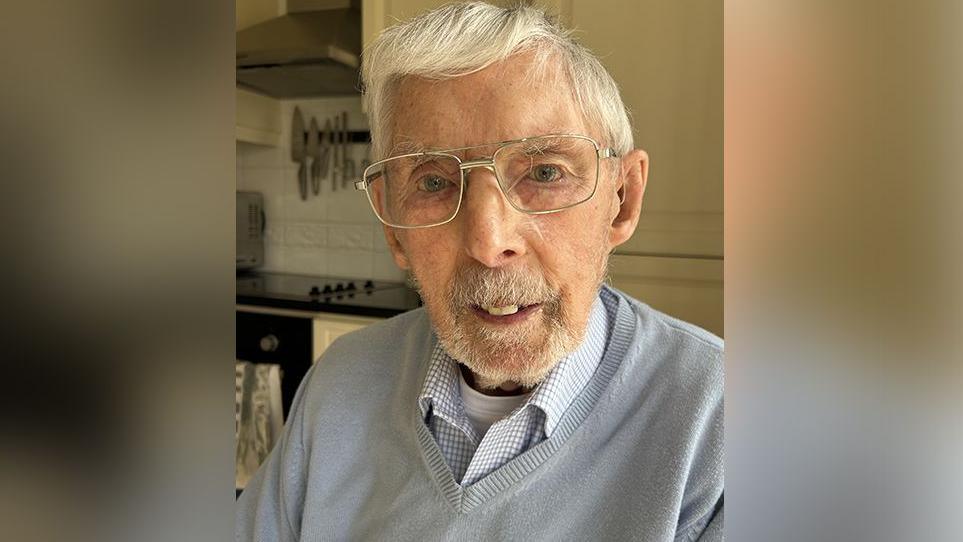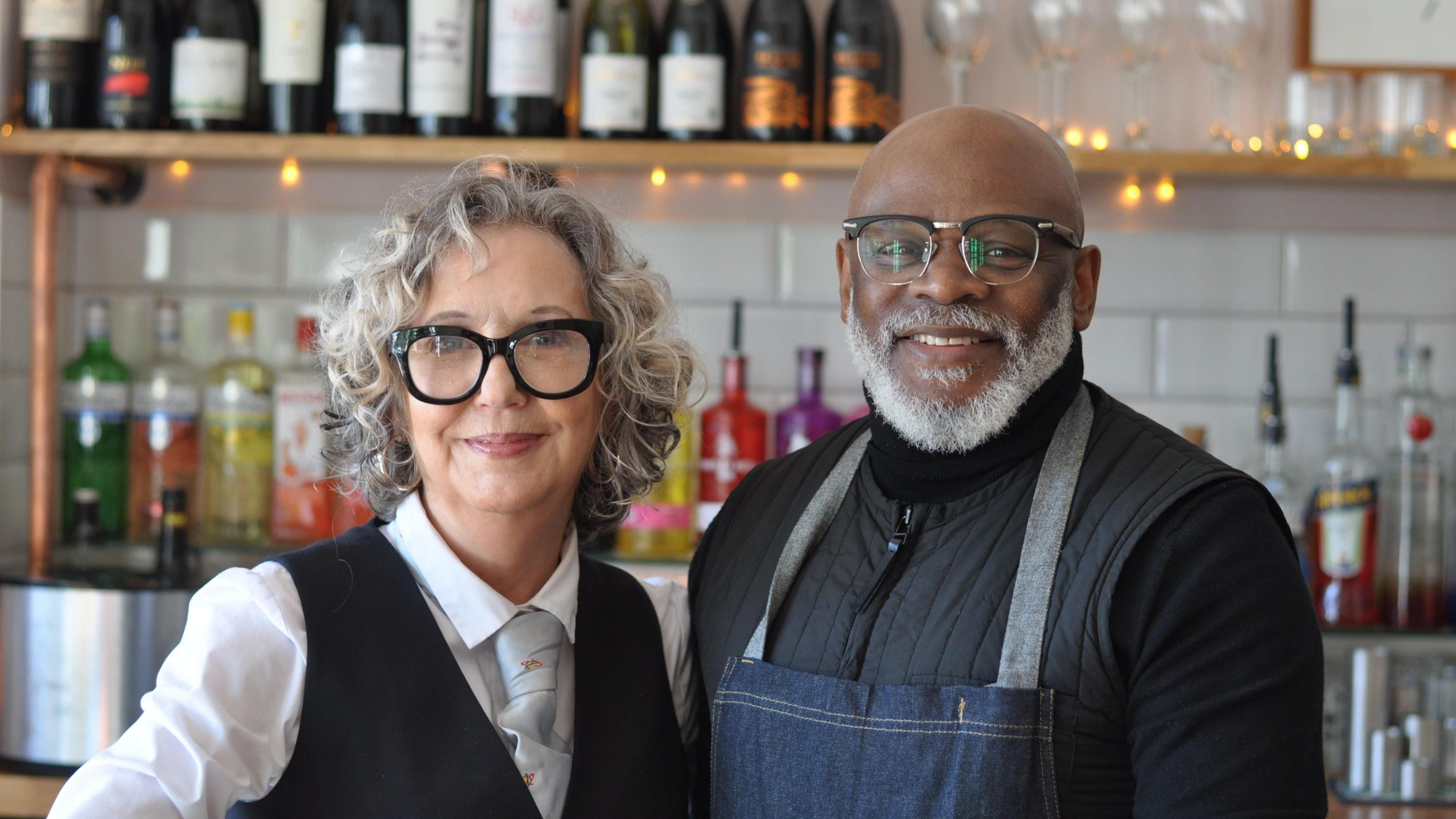Tunnels below arcade became women's factory of war

Up to 200 women worked in the underground munitions factory beneath New Brighton's amusement arcade
- Published
Even at the height of World War Two, the women who worked at New Brighton's amusement arcade turned up for their shifts as usual.
Only they were no longer there to sell tickets, run the stalls, or to serve seaside snacks in the cafe.
Rather, they were there to toil in a secret underground factory producing millions of bullets and shell casings for the war effort.
Later this year, the tunnels below the original Art Deco arcade in the Merseyside seaside resort will open to the public as a museum.
The factory become so important to the war effort that, after a 1944 concert at the nearby Liverpool Empire, Dame Vera Lynn showed her appreciation for the factory's women by singing for them.
Thankfully for the Allies - including the US forces who took over the ground floor in 1943 as an ordnance base - knowledge of the factory was a closely guarded secret.
A Luftwaffe aircrew bombing map, uncovered by local historian Cathy Roberts, shows that Nazi Germany was totally unaware of what was really going on inside the Wilkie arcade.
"With all the shells and fuel in there, if it had been hit it would have taken out most of New Brighton," she said.
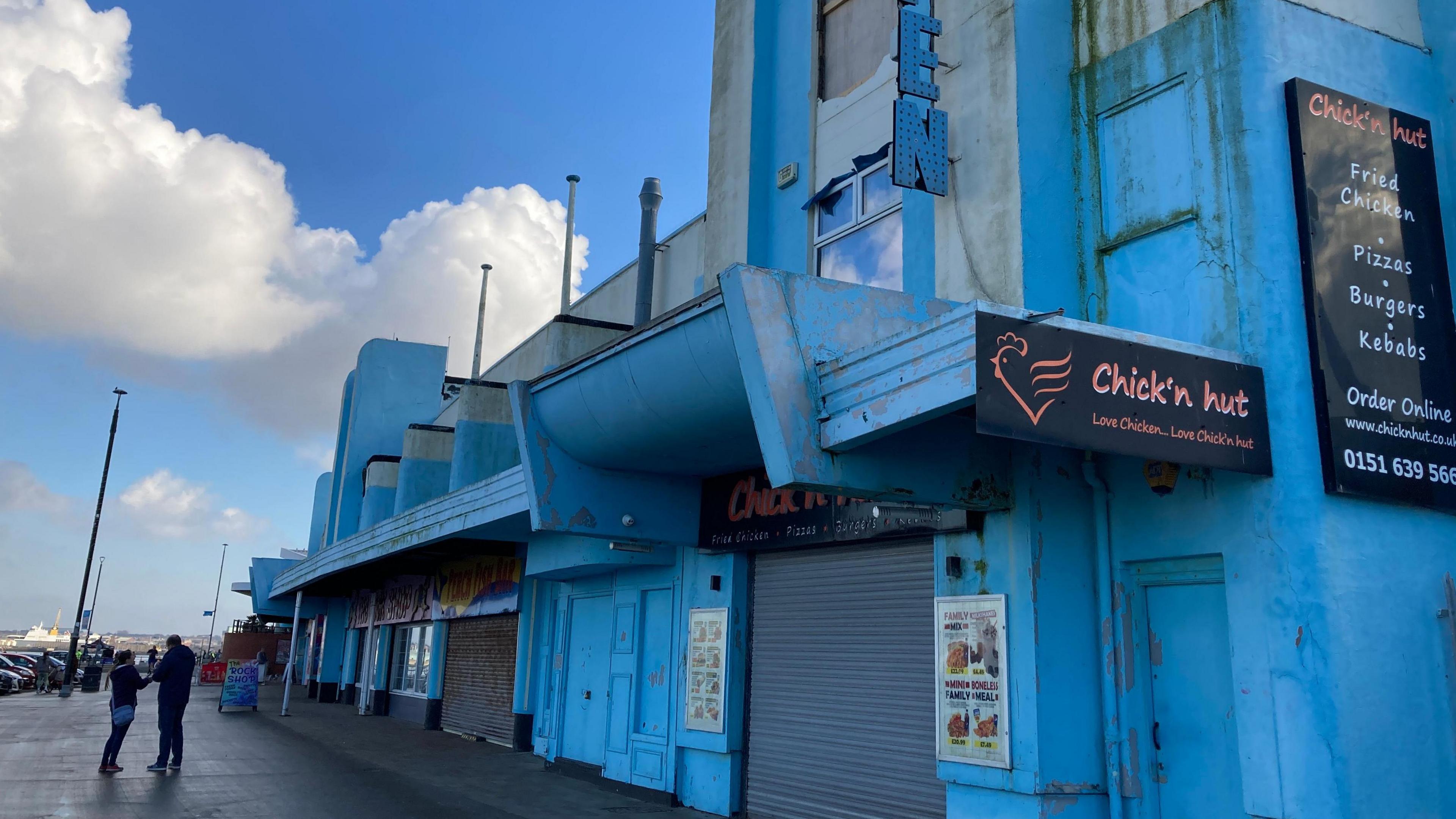
The Art Deco arcade was opened in 1939 and remains open to this day
The New Palace Amusement Centre, next to the Floral Pavilion, was opened by Whilma Howe "Will" Wilkie in August 1939, at a cost equivalent to nearly £1m in today's money.
But within a matter of weeks, fun was the last thing on anyone's mind.
On 3 September, Britain declared war on Germany, which had invaded Poland two days before.
Wilkie answered the call from the government for safe and secretive places that could be used for the war effort.
The 100-year-old tunnels were cleared of sand, debris and stalactites and converted into an underground munitions factory.
Many of the women who had worked on the dodgem cars, shooting galleries and bagatelles went to work below ground making the ammunition.
The arcade's manager became the factory's foreman.
With more than 100 acres of tunnels, there was plenty of space in which the women could work.
Each week, they made more than 250,000 bullets and as many shell cases.
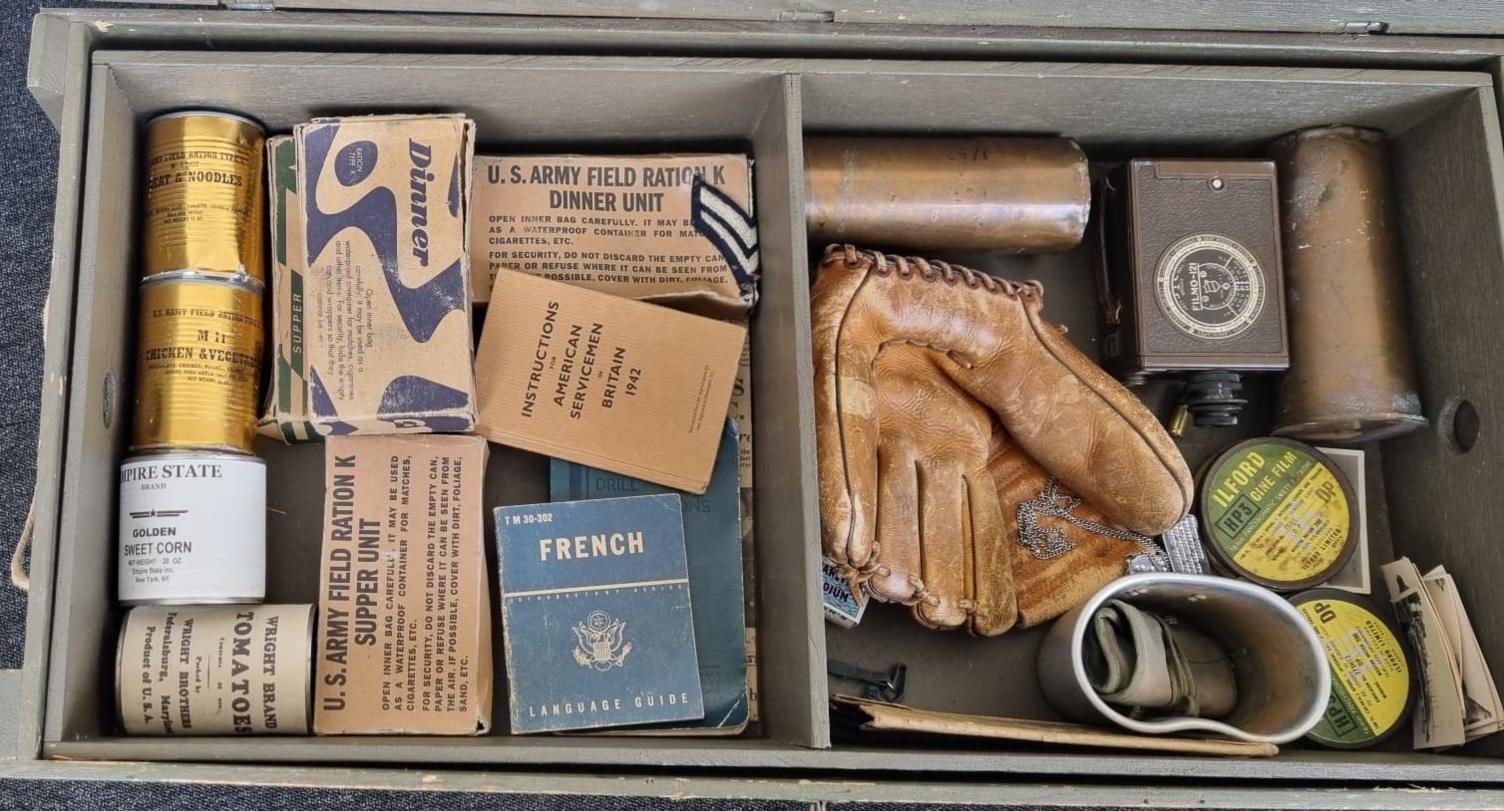
The US personnel who arrived to work at the arcade came well-supplied
In 1943, the arcade building would become even more crucial to the war effort.
In preparation for the Allied invasion of occupied Europe, US forces arrived in New Brighton.
The ever-enterprising Wilkie once again answered the call to action, converting the ground floor of the arcade into a base for American engineers and technicians.
Because the Americans' army vehicles and trucks were shipped in flat-pack form, they had to be assembled on Merseyside.
As a result, the New Brighton arcade became US Ordnance depot O_616.
To make way for the US servicemen, the ground floor was cleared, with all the rides, stalls and attractions being moved out into the car park.
To this day, the outdoor area is still home to fairground attractions.
"Wilkie was quite canny," said Ms Roberts. "So he kept promoting the amusement arcade with press advertisements so no-one would think it was anything else."

Some of the equipment used by the women in the factory was left behind after the war
From the June 1944 D-Day landings onwards, the building continued to play a vital role.
US Army vehicles damaged on Omaha Beach during the Normandy invasion were shipped back and repaired in the arcade.
And the advancing Allies relied upon the bullets and shells that were continuing to be produced by the women working in the munitions factory below.
Many traces of the factory survive to this day, and the arcade remains in the Wilkie family, with Whilma's grandson David at the helm.
Ms Roberts and other volunteers have been working to turn it into a museum to honour and remember the efforts made by everyone who worked there during the war.
It opened to the public on Thursday's 80th anniversary of VE Day.
The ticketed tour, with free entry for service personnel, was sold out.
Ms Roberts said she hoped the museum would become a popular attraction when it reopens later in 2025.
"We always knew this place was important to the war effort," she said. "But over the years we have learned just how important it was."
Get in touch
Tell us which stories we should cover on Merseyside
Listen to the best of BBC Radio Merseyside on Sounds and follow BBC Merseyside on Facebook, external, X, external, and Instagram, external. You can also send story ideas via Whatsapp to 0808 100 2230.
Related topics
- Published8 May
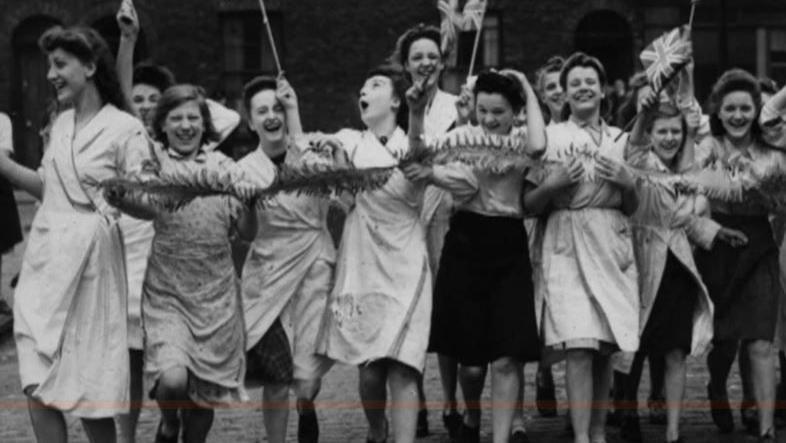
- Published7 May
